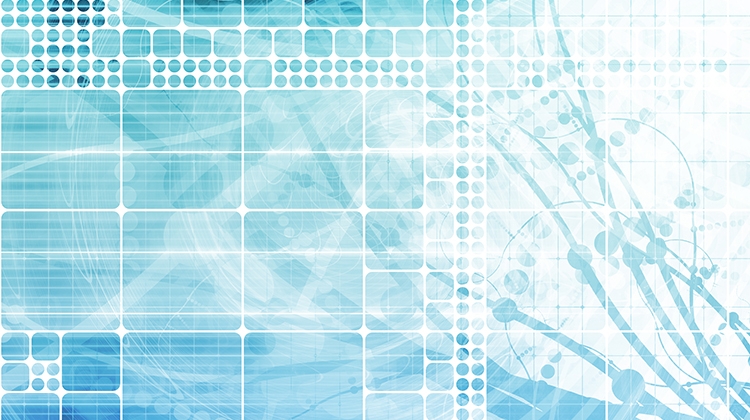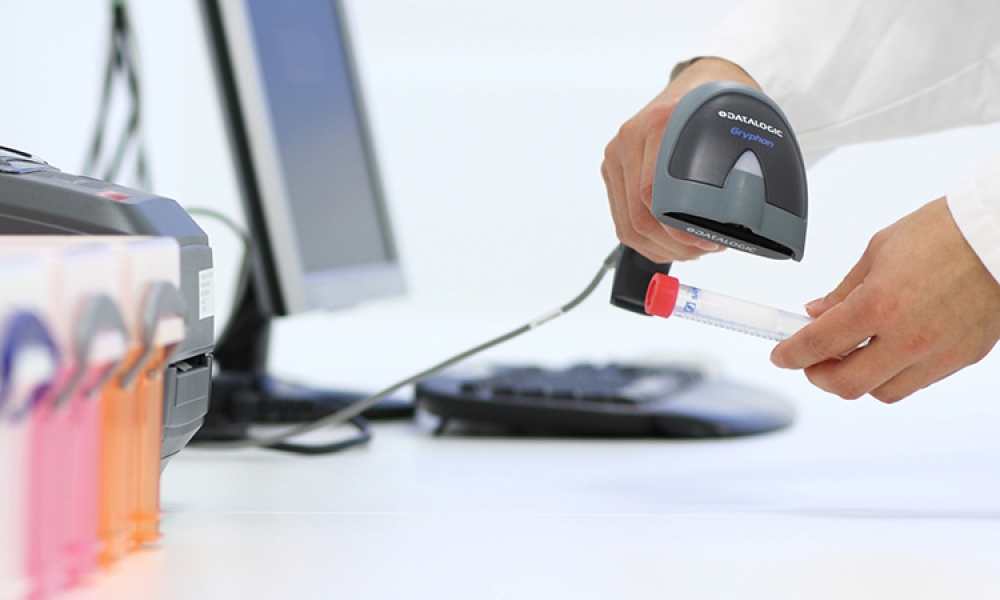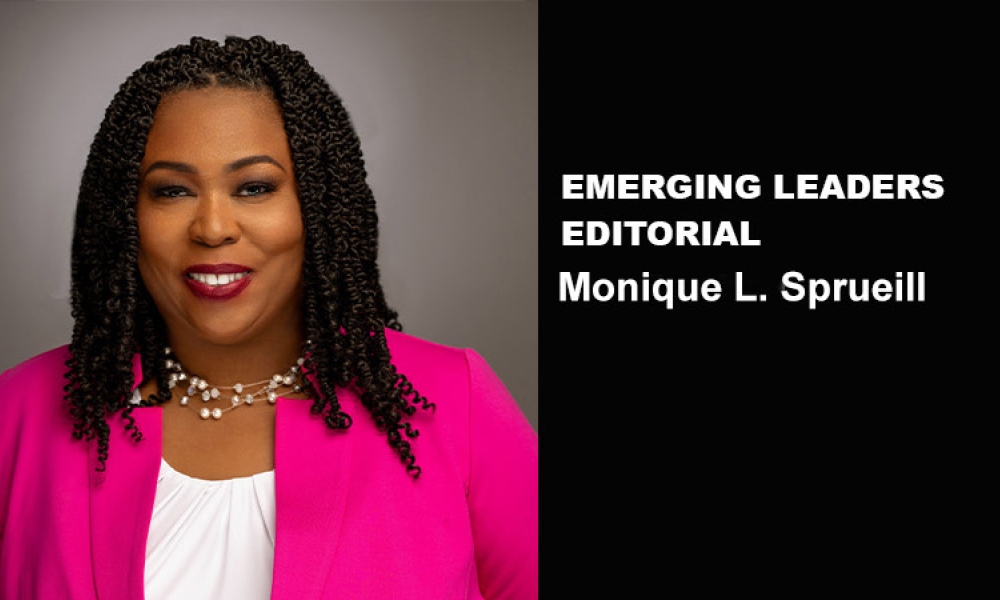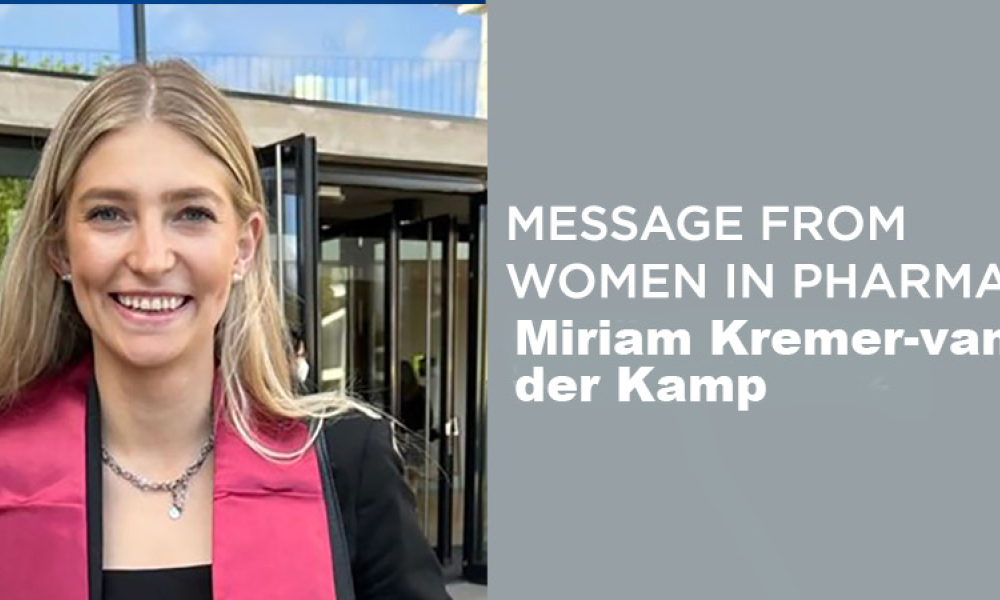Zero Liquid Discharge in Biopharmaceutical Production

Reducing water wastage and effluents in biopharmaceutical production
The biopharmaceutical industry, blessed with excellent water resources, has developed exacting specifications for the many types of water used in the manufacture of pharmaceutical products. Unfortunately, little attention has been given to losses from wastewater, reject water, and effluent that is sent to drain.
This could be a looming problem. According to a UNESCO report,1 the worldwide need for potable water is expected to grow by 400% over the next 50 years. This increase will be generated by population growth, industrialization—especially in emerging economies, and rising demand for better drinking water.∗
Unfortunately, accessible drinking-quality water will remain finite at 0.3% of the planet’s total water mass.† Without a comprehensive water program that emphasizes recycle, reuse, reclaim, and reduce, the biopharmaceutical industry could face growing water shortages and rising costs.
As a result, many pharmaceutical companies are considering ways to minimize their liquid discharge. Some have adopted a zero-liquid-discharge (ZLD) program for their facilities. ZLD is a closed-loop cycle that minimizes or eliminates discharge of any liquid effluent by recycling and treating all wastewater.
Because of the large investment required, however, ZLD remains a long-term goal for many organizations. With some thought and easy engineering fixes, however, companies can attain at least minimal liquid discharge by setting interim goals that help recycle, reclaim, reduce, and reuse current water operations.
GETTING STARTED
Here are some questions that can help you determine how to move forward:
- Where does the water come from and where does it go?
- What modules use water and dispel directly to drain?
- What is the quality of the water being discharged?
- What costs are associated with the treatment of the water before and after disposal?
- What are we doing to minimize liquid discharge?
Each site will have different answers to these questions, but there are universal issues all should consider: Water is the most important excipient used in pharmaceutical production. All water is purchased, usually from a municipality or water company. Water that is not used (or is deemed unusable) is sent to drain. Every site pays sewer fees for discharge, which goes to a wastewater treatment plant (WWTP). Many pharmaceutical companies must also purchase sewer permits for biological oxygen demand (BOD), chemical oxygen demand (COD), and effluent. These permits cost money, and if the site exceeds its rated allowable limits, the local WWTP authority will assess a fine for the overage. Add up each of these expenses and you can see that water is quite expensive.
ASSESSING WATER USAGE
Source water from the municipality can be used for all applications in the plant, including purified water and water for injection (WFI). Water used in the production area often requires both wastage and secondary steps for water treatment. This may include rinsing of chemicals, surfactants, acids, and bases using clean-in-place (CIP) systems, rinsing operation streams for microbial destruction, or autoclaving detritus material from biological material harvesting. The rinsing operations alone may require hundreds to thousands of gallons of water, all of which is sent to drain—or to acid waste neutralization and then to drain. Other operations and modules in the water-purification train also generate waste, with the effluent directed to sewers. But much can be reclaimed and reused in other applications around the site. Here are some conservation possibilities:
- Softener reject, combined with source water, can be directed for cooling tower makeup.
- R/O reject water can generate an average 20%–25% of the total makeup: that’s 20–25 gallons of reject for every 100 gallons of water used in R/O membrane systems; some systems approach 50%. This water can be recycled and reused within the building or complex.
- Continuous electrodeionization reject can be fed directly to the break tank in pretreatment, or blended with source water at the beginning of the pretreatment skid or train.
- CIP rinse water can be measured to determine its conductivity; depending on the results, the water can be sent back to the pretreatment break tank or directed downstream to acid waste neutralization.
- Gray water can be fed to the external irrigation system.
- Many dishwasher and washing equipment effluents can also be directed to irrigation systems.
- HVAC condensate can be repurposed for irrigation or sanitary applications.
- One of the biggest wastes—flushing point-of use devices before sampling—sends a tremendous amount of excellent water directly to drain. Adding a diverter valve on the drain pipe can redirect the water to R/O or ion-exchange feed.
- Condition-based backwashing of pretreatment beds (e.g., sand filters, multimedia filters, and carbon beds) can significantly reduce water usage and effluent to drain.
- Spillage from filling operations that use purified water or WFI can be reprocessed for pretreatment, irrigation, or used for sanitary/hygienic applications (toilets, urinals, etc.).
- Sanitary fixtures may be updated to include no-flow urinals, dual-flush toilets, ultra-low-flow fixtures, etc.
- When purchasing new equipment, consider the possibilities for water savings. Equipment manufacturers often build in mechanisms for recirculation and reuse. Some vapor-compression distillation units, for example, have onboard recycle and reuse mechanisms. Others may have low-flow options that can be employed when the machine is idle.
* Around 748 million people do not have access to an improved source of drinking water.
† While almost 2% of the water on the planet is drinkable, most of that total is confined to ice, glaciers, and year-round snow pack.
WASTEWATER TREATMENT
Oxidation wastewater treatments use ozone and/or hydrogen peroxide to oxidize organics, biologics, and carbon-based detritus in the water and convert them to carbon dioxide (CO2). Photochemical oxidation adds ultraviolet light to the process, elevating the oxidation to an activated state and increasing it multifold to destroy or treat nonbiodegradable organic contaminants. Photochemical oxidation breaks down and oxidizes BOD and COD molecules, forming CO2 and water in the effluent stream.
Many biotechnology facilities, which use autoclaves to destroy microbial material left after harvesting, dump the autoclaved material down the drain with the wastewater. This increases the BOD in the drainage water and effluent to the wastewater treatment plant. If photochemical oxidation were used, microbial material could be oxidized and eliminated in a few minutes, producing only CO2. This could eliminate the need for a BOD permit, as the water treated with photochemical oxidation treatment is pristine, and could be recycled to any process purification module for reuse.
CONCLUSION
The need for potable-quality water will increase 400% over the next 50 years, while accessible water resources will remain at only 0.3% of total water mass of the planet.
The pharmaceutical industry should work toward a ZLD goal, recycling and reusing water from all operations, waste streams, rinsing operations, regeneration cycles, back flushing, and sanitization schemes.
Decreasing BOD and COD burden in wastewater by using ozone, hydrogen peroxide, and photochemical oxidation techniques may eliminate the need for costly WWTP permits.
Pharmaceutical facilities should reuse, recycle, reclaim, and reduce water use whenever possible. The bottom line savings can be immense over 5-, 10-, and 20-year periods of controlled, limited, and, ultimately, zero liquid discharge.



